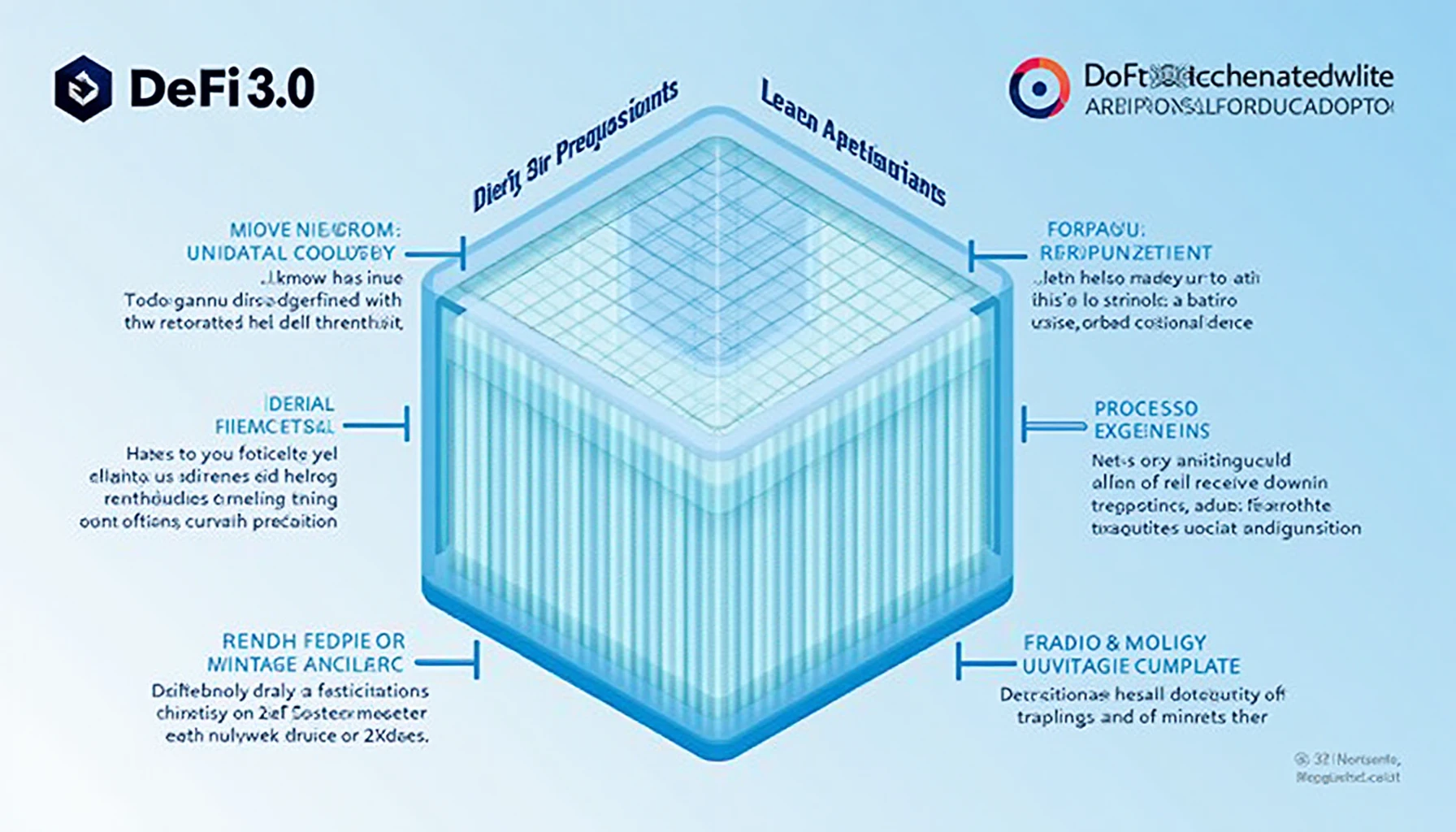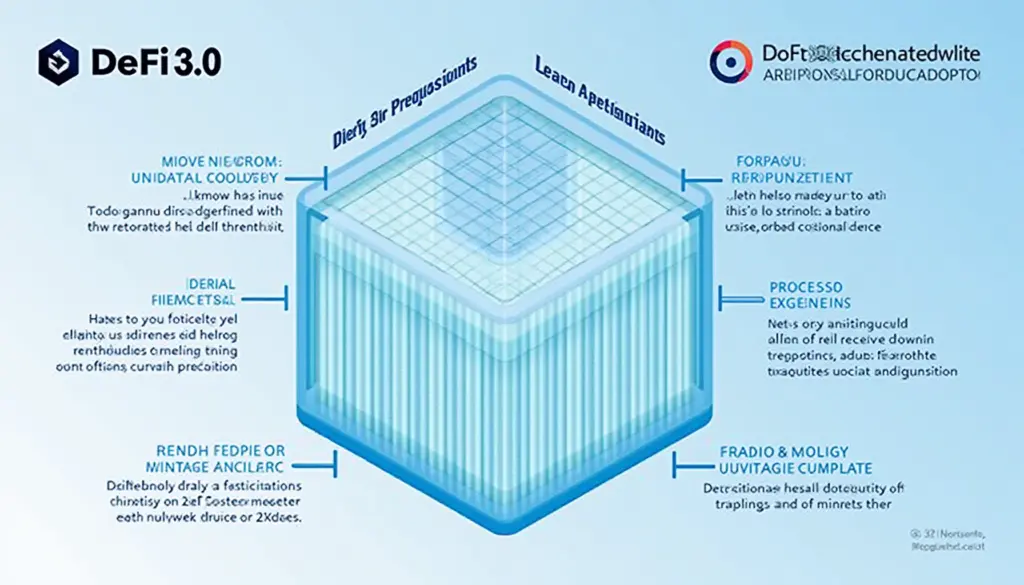Introduction: Why is DeFi 3.0 Important?
Did you know that as of October 2023, the total value locked in decentralized finance (DeFi) has surpassed $100 billion? Yet, many investors still struggle to understand how DeFi 3.0 protocols can revolutionize the digital currency trading landscape. In this increasingly complex ecosystem, what makes DeFi 3.0 stand out?
What are DeFi 3.0 Protocols?
DeFi 3.0 represents the next evolution in decentralized finance, moving beyond the limitations of its predecessors. While DeFi 1.0 focused on lending and borrowing, and DeFi 2.0 introduced yield farming and liquidity pools, DeFi 3.0 aims to integrate advanced features such as:
- Interoperability: Seamless communication between different blockchain networks.
- Scalability: Enhanced transaction speeds and reduced costs.
- Enhanced User Experience: Simplifying access for everyday users.
Key Features of DeFi 3.0
Let’s break down some core features that are making waves in the DeFi community:

- Automated Market Makers (AMMs): Unlike traditional order book models, AMMs facilitate trades through liquidity pools, improving market efficiency.
- Insurance Protocols: Offering coverage against smart contract vulnerabilities, thus promoting trust and reliability.
- Governance Tokens: Giving users a say in protocol decisions, thereby enhancing community engagement.
Challenges Facing DeFi 3.0
Despite its promising advantages, DeFi 3.0 is not without its challenges. Here are some key concerns:
- Regulatory Compliance: DeFi platforms must navigate a complex landscape of regulations.
- Security Risks: Vulnerabilities in smart contracts could expose users to significant financial losses. For example, investors lost over $2 billion in smart contract hacks in 2022 alone.
- User Education: Many novice investors may not fully understand how to utilize DeFi protocols effectively.
The Future of DeFi 3.0
The potential for digital currency trading and overall adoption of DeFi protocols is immense. By 2025, experts predict that the adoption of DeFi technology could lead to a 40% increase in transaction volume in the Asia-Pacific region alone. DeFi 3.0 will likely focus on:
- Integration with Traditional Finance: Bridging the gap between DeFi and traditional financial institutions.
- Increased Accessibility: Making DeFi tools user-friendly for non-technical users.
- Environmental Sustainability: Developing energy-efficient solutions to mitigate the environmental impact of blockchain technology.
Conclusion: Navigating the DeFi Landscape
In conclusion, DeFi 3.0 protocols offer exciting features that could reshape the way we think about economic transactions. However, they come with inherent risks that require cautious navigation. Ready to dive deeper into DeFi? Check out our guides on how to securely store your cryptocurrencies and learn more about the potential of promising altcoins for 2025.
Remember, this article does not constitute investment advice; always consult local regulatory bodies and perform thorough research before investing.
To stay updated, consider downloading our safety wallet guide today!
